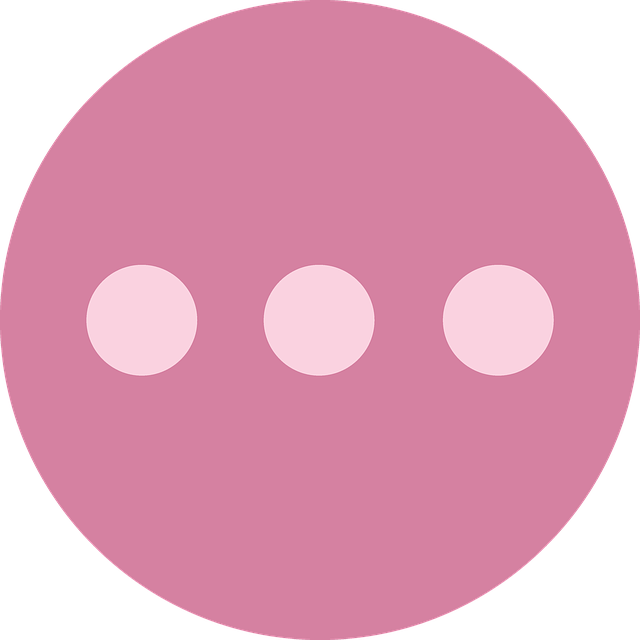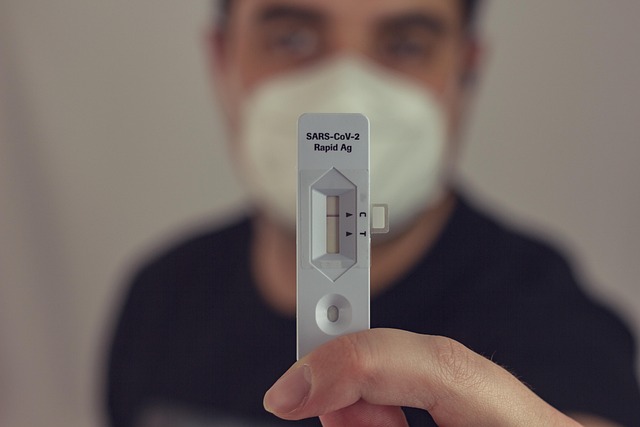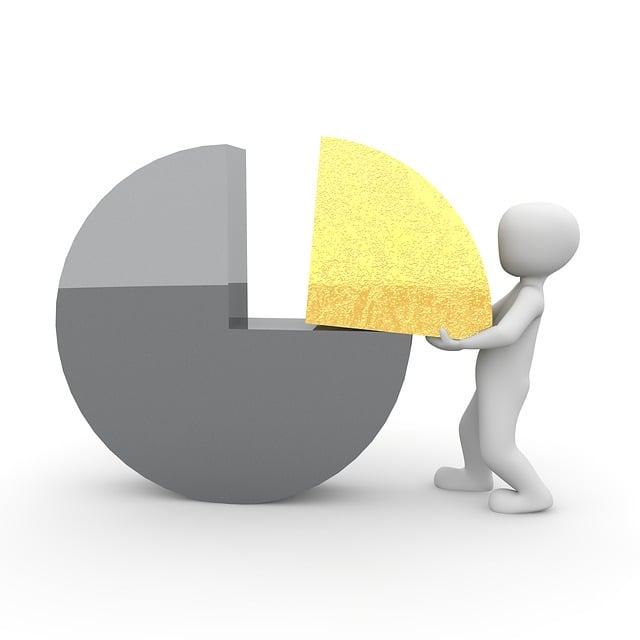Choosing the right note-taking tools boosts meeting productivity and information retention. Matching personal preferences with meeting content enhances collaboration and ensures key details are captured. Active listening, crucial for diverse settings, aids in accurate documentation of valuable contributions. Organizing and reviewing notes post-meeting facilitates results through structured sections, prioritized tasks, and knowledge acquisition metrics. Brainstorming solutions directly from notes fosters creativity and organizational productivity.
In today’s fast-paced business environment, effective meeting notes are crucial for achieving tangible results. This article explores proven note-taking strategies designed to boost your productivity and ensure actionable results from every gathering. From selecting the right tools to mastering active listening and organized review processes, discover how to capture key insights and transform meetings into meaningful, outcome-driven experiences.
- Choose Suitable Note-Taking Tools for Efficiency
- Active Listening: Capture Key Points and Insights
- Organize and Review Notes for Actionable Results
Choose Suitable Note-Taking Tools for Efficiency

Choosing the right note-taking tools can significantly enhance your meeting productivity and ensure effective information retention. In today’s digital age, there are numerous options available, from traditional pen and paper to advanced software applications. The key is to select a method that aligns with your personal preferences and the nature of the meeting content. For instance, if you’re attending a creative brainstorming session, a physical notepad might stimulate your ideas, while a digital tool could be more suitable for structured presentations or remote meetings, allowing for easy collaboration and real-time sharing.
Consider tools that offer features like speech-to-text functionality, which can help capture every detail without missing a beat. Alternatively, cloud-based note-taking apps enable seamless organization and accessibility from anywhere, fostering flexibility in your learning strategies. By tailoring your note-taking method to these specific needs, you’ll overcome obstacles to successful information retention and enhance your overall meeting experience, even incorporating elements of cultural awareness in education when applicable. Find us at optimizing learning strategies for more innovative approaches.
Active Listening: Capture Key Points and Insights

Active listening is an essential skill to master when taking notes during meetings, especially in diverse educational settings that promote cultural awareness. It involves concentrating fully on what’s being said, understanding it, and then accurately capturing the key points and insights. This strategy ensures that every conversation has a record of its most valuable contributions, fostering an environment where innovative ideas can flourish.
By actively listening, you can identify the main themes, questions, or solutions proposed, allowing for more effective note-taking. It encourages participants to engage deeply with the content, which is particularly beneficial during discussions on formative versus summative assessment methods or when aiming to harness the power of diverse perspectives. The result is comprehensive notes that accurately reflect the meeting’s progress and outcomes, facilitating productive follow-up actions and informed decision-making. Visit us at utilizing feedback for growth anytime to enhance your note-taking strategies further.
Organize and Review Notes for Actionable Results

After taking notes during a meeting, it’s crucial to organize and review them for actionable results. Start by structuring your notes into clear sections or categories that align with the discussion topics. This step facilitates easier identification of key takeaways and action items. Prioritize each note based on urgency and importance, marking down what needs immediate attention and what can wait.
A structured review process involves evaluating knowledge acquisition performance metrics and identifying gaps. Check if the notes reflect cultural awareness in education, as this is essential for fostering an inclusive environment. Encourage innovative ideas by brainstorming potential solutions or next steps directly from your meeting notes. Don’t forget to give us a call at problem-solving techniques; reviewing and acting upon these notes can significantly impact your organization’s productivity and creativity.
Effective note-taking during meetings involves choosing suitable tools, actively listening, and organizing insights for tangible results. By implementing these strategies, you can transform meetings from tedious to productive, ensuring every discussion leads to clear actions and outcomes. Remember, efficient note-taking is key to unlocking the true potential of any gathering.

Leave a Reply